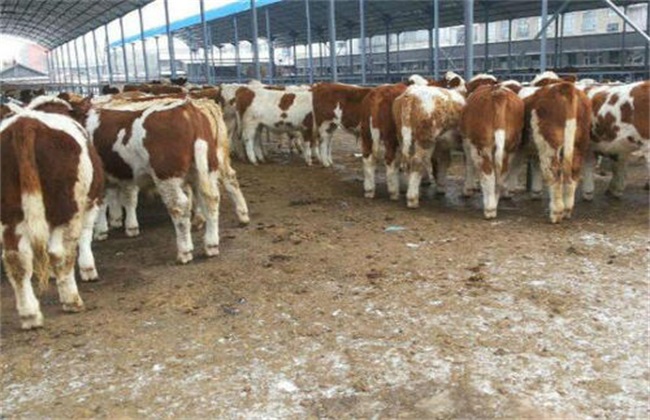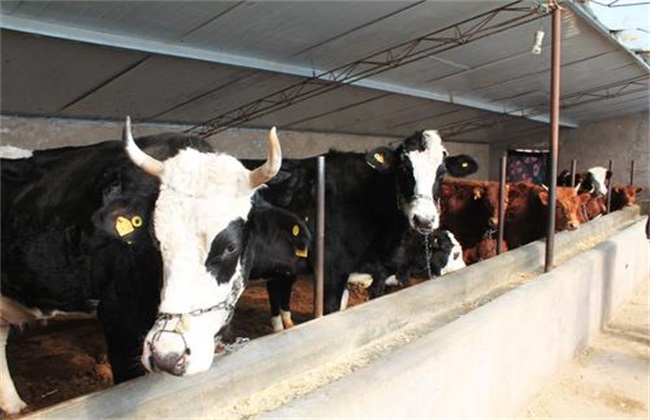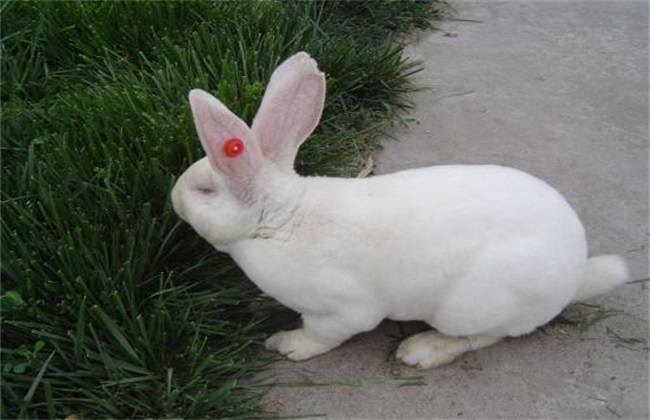Common problems with cattle
Raising cattle is a technical job. Basically, farmers who have raised cattle for a certain number of years can be called half a veterinarian. After all, there are too many problems to be solved. So what are the difficulties encountered in raising cattle normally? Let's take a look at the common problems of raising cattle.

1. Calf ruminates and vomits grass
The cow will eat quickly when eating, and then slowly chew and digest the grass in front of it by regurgitation, but if the calf has a case of ruminant vomiting grass, you should pay attention to it, because the calf will not spit out the grass when it regurgitates. It just chews in the mouth. In such a situation, first of all, check to see if the cow's teeth are abnormal, and if not, adjust the feeding of the forage, which may be too difficult to digest, and then feed some medicine to promote digestion.
2. Newborn calves do not eat milk.
Calves are easily affected by external factors in the case of newborn calves. Milk can help stabilize the calves, but it often happens that newborn calves are not fed. If the calf begins to suck your finger, it is best to assist in feeding artificially. If it does not suck your finger or is not obvious, it means that the cow's physique is relatively weak and is greatly affected. Feed it in a bottle first. If you still eat, you'd better ask the veterinarian to check you so that you can inject medicine in time.
3. Calf diarrhea
The intestines and stomach of calves are actually very poor, so it is necessary to avoid the influence of external factors on it at this time. In addition, breast milk may also cause calves to have diarrhea. If a calf eats too much milk, it is the same as drinking too much water. At this time, the hair of the calf does not grow much, and the belly does not have any good effect against the cold. So it is very easy to cause diarrhea under internal and external interference. Pay more attention to this, depending on the medication.
4. Bovine joint swelling
Bovine joint swelling is a multiple condition, which can be caused by a variety of inducing factors, from barn environment to feed choice. The amount of cow exercise is small, and most of the breeding ground is cement, or the ground is very hard, and the cow joints are under great pressure. This will happen without a lot of good release. In addition, farmers feed less fresh forage, too much coarse grain will further deepen the disease. However, the induction of the disease mainly depends on drug treatment, because the cost of prevention is too high and the loss outweighs the gain.
The above are some common problems of raising cattle. I believe many friends have encountered them. in fact, there are many problems of raising cattle. We just choose some of the more common ones to give you a brief introduction, and those who have better suggestions might as well share them.
Related
- On the eggshell is a badge full of pride. British Poultry Egg Market and Consumer observation
- British study: 72% of Britons are willing to buy native eggs raised by insects
- Guidelines for friendly egg production revised the increase of space in chicken sheds can not be forced to change feathers and lay eggs.
- Risk of delay in customs clearance Australia suspends lobster exports to China
- Pig semen-the Vector of virus Transmission (4)
- Pig semen-the Vector of virus Transmission (3)
- Five common causes of difficult control of classical swine fever in clinic and their countermeasures
- Foot-and-mouth disease is the most effective way to prevent it!
- PED is the number one killer of piglets and has to be guarded against in autumn and winter.
- What is "yellow fat pig"? Have you ever heard the pig collector talk about "yellow fat pig"?



